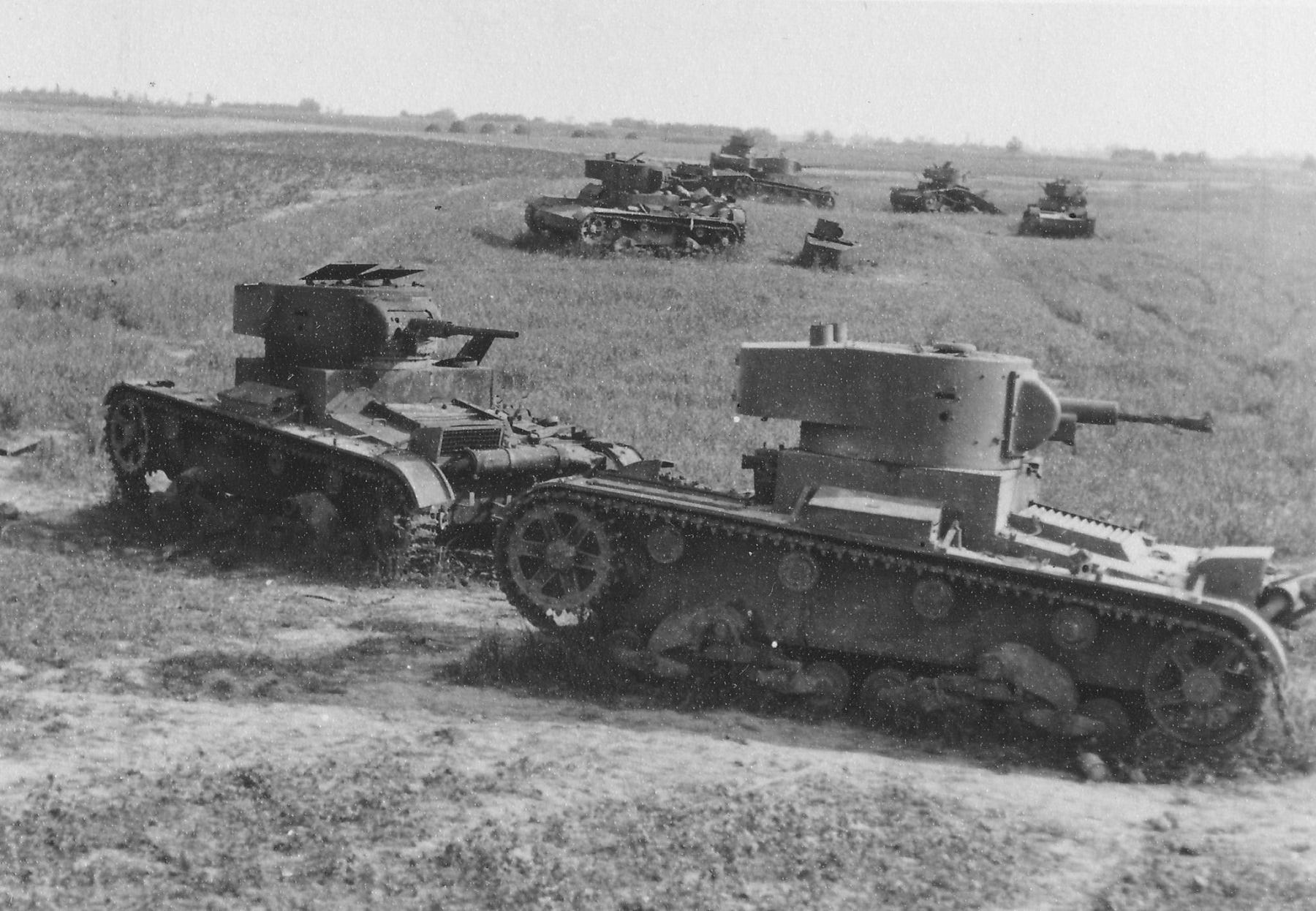
While the armoured regiments of the latter two divisions were equipped with M4 Shermans, the armoured regiments of the 7th Armoured Division were equipped with Cromwells. The tank equipped the armoured reconnaissance regiments of the Royal Armoured Corps, in the 7th Armoured Division, 11th Armoured Division and the Guards Armoured Division. The Cromwell first saw action in the Battle of Normandy in June 1944. The Cromwell and Centaur tanks differed in the engine used the Centaur had the 410 hp Liberty engine, the Cromwell had the significantly more powerful 600 hp Meteor Centaur hulls were converted to Cromwells by changing the engine. The Centaur tank was closely related to the Cromwell, both vehicles being externally similar.

Later Cromwell development led to the creation of the competing Tank, Cruiser, Mk VIII, Centaur (A27L) design. Early Cromwell development led to the creation of the A24 Cavalier. The name "Cromwell" was initially applied to three vehicles during development. Further development of the Cromwell combined with a high velocity gun led to the Comet tank. The intended dual-purpose high velocity gun could not be fitted in the turret, so a medium velocity dual purpose gun was fitted instead. Named after the English Civil War-era military leader Oliver Cromwell, the Cromwell was the first tank put into service by the British to combine high speed from a powerful, reliable engine (the Rolls-Royce Meteor) and reasonable armour.
/m4-sherman-large-56a61c073df78cf7728b62eb.jpg)
TANK BATTLES OF WWII SERIES
The Cromwell tank, officially Tank, Cruiser, Mk VIII, Cromwell (A27M), was one of the series of cruiser tanks fielded by Britain in the Second World War. 170 miles (270 km) on roads, 80 mi (130 km) cross country Ĥ0 mph (64 km/h) with 3.7:1 final reduction drive


 0 kommentar(er)
0 kommentar(er)
